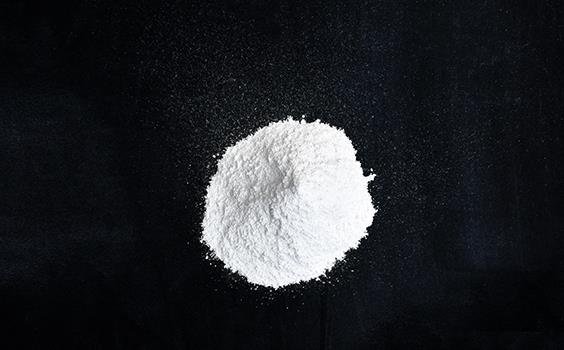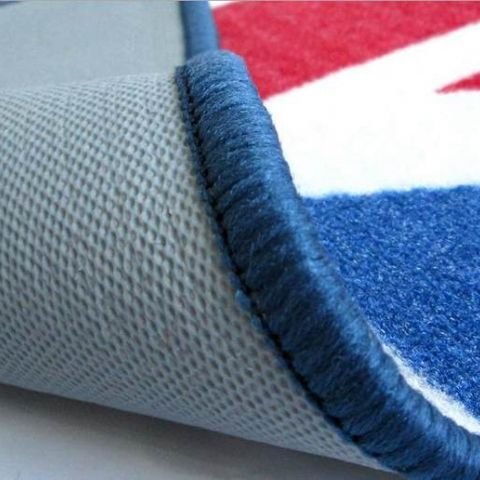Aluminium hydroxide is an inorganic substance with the chemical formula Al(OH)3, which is a hydroxide of aluminium. Aluminium hydroxide reacts with both acids to form salts and water and with strong bases to form salts and water, so it is an amphoteric hydroxide.

Aluminium hydroxide
Aluminium hydroxide is an inorganic substance, a hydroxide of aluminium. Aluminium hydroxide is an amphoteric hydroxide as it can react with both acids to form salts and water and with strong bases to form salts and water. It can also be called aluminium acid because of its acidity, and can be divided into industrial and pharmaceutical grades according to its use.
The role of aluminium hydroxide
Industrial use
Aluminium hydroxide is the most widely used and inorganic flame retardant additive. Aluminium hydroxide as a flame retardant not only can be flame retardant, but also can prevent smoke, do not produce drops and do not produce toxic gases, therefore, gain a wider application, the use is also increasing year by year. The range of uses includes thermosetting plastics, thermoplastics, synthetic rubber, coatings and building materials. At the same time, aluminium hydroxide is also the basic raw material for aluminium fluoride, which is necessary for the electrolytic aluminium industry, where it is also very widely used.

Medical use
Aluminium hydroxide is a typical and commonly used antacid with antacid, aspiration, local haemostasis and protection of the ulcerated surface. Aluminium hydroxide acts as a neutralising or buffering chemical for the gastric acid already present in the stomach, but has no direct effect on the secretion of gastric acid and its antacid effect is slow and long lasting. The neutralising and buffering effect of aluminium hydroxide leads to an increase in the pH of the gastric contents, thus relieving the symptoms of hyperacidity. When aluminium hydroxide interacts with gastric acid, the aluminium chloride produced has an astringent effect and can stop bleeding locally, but it may also cause constipation.


